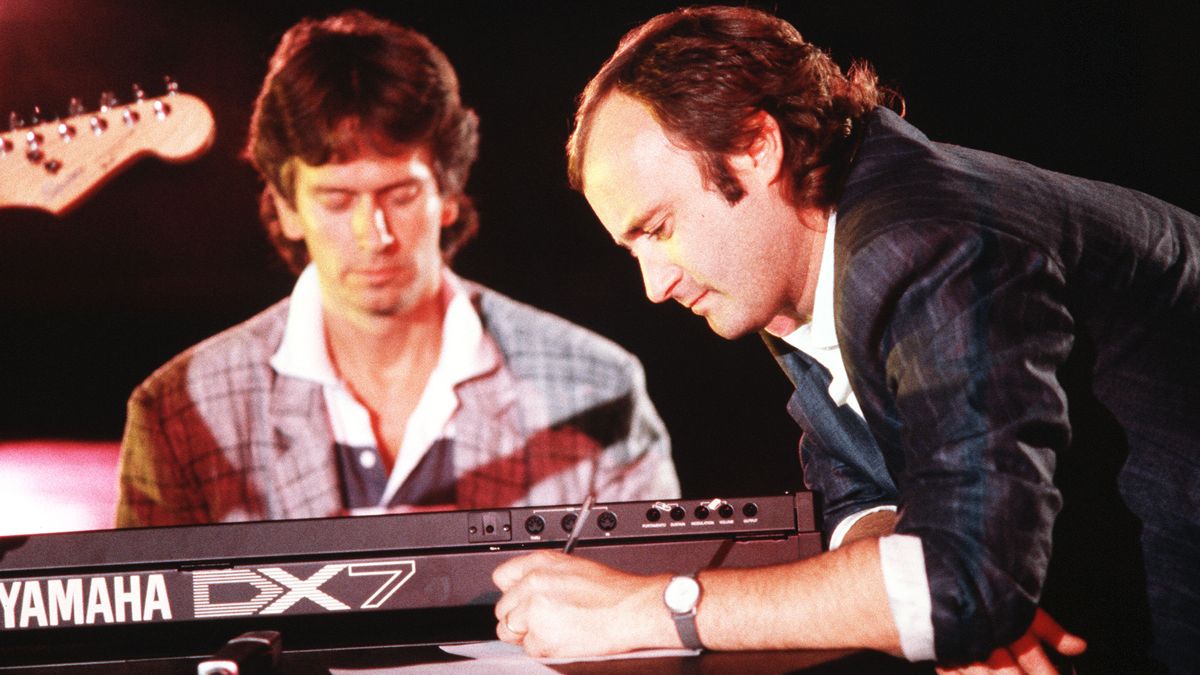
(I guess each producer has a different use case. The instability makes it scary to use live and the performance issues makes it frustrating in the studio.

#House music dx7 patches software
It’s original mission statement of being a great hybrid live performance and studio production software has kind of failed. Live 11 has been a massive regression in terms of speed and stability. Honestly it’s an average piece of software that has bugs and crashes on the hourly. I also tend to be of the opinion that a good analogue filter (or an emulated analogue filter - I'm not that much of a purist), can really open up the usefulness of an FM synth. I've had a harder time getting printers set up in the past.ĭexed's a useful tool for experimenting with and learning about FM synthesis (and I'm still very much at the "everything I do sounds terrible" phase, unless I go the route of modifying an existing patch), but I'm not sure you can automate it, which would give you the evolving sounds of something like MidiMutant. There is something quite fun about using a modern computer to hook up to a 1983 synth and having it "just work", despite the flaws in the DX7's MIDI implementation. It's basically an emulation of a DX7 that allows you to create patches without the horrendous menu-diving interface of a real DX7, and you can also use it to export and import patches to and from the real hardware over MIDI. You can get some of this with Dexed as well. > From another perspective, you can freely explore the enormous landscape of sound produced by FM synthesis, without diving into the deep end of DX7 programming. If you have a partial made with three operators, and you want to add something to it, you have to share operators or use a pure sine wave. They have the "FM sound" but you're really quite limited building your sounds. This is why I'm not fond of the DX-11, Ad Lib, or other 4-operator systems. For example, the classic DX7 rhodes sound is made up of an attack and sustain partial, and these partials have been reused and recombined with tons of other partials to make sound variations. You can tell that a lot of sounds are made from a smaller set of partials that have been recombined. Experiment with using different timing for all of the envelopes. With these partials, you can build up the sustain and attack of your sound separately. If you're at a point where the middle ground between subtlety and noise doesn't have the sound you want, that's when you might add the third operator. You'll find that most of the modulation values are either too subtle to notice or noise that you just can't stand.

Experiment with ratios and modulation levels, and consider this a way to expand the space you've already explored. if your operators are A -> B -> C, and C is the output, then A is the one you're adding. Once you get a handle on some part of the sonic space, consider adding a third operator at the back, i.e. Explore the space of ratios (start with 1:1) and modulation levels. Start with two operators, with one chained to the next. Just get Dexed if you don’t know what you want.)īuild your sound up by adding "partials" or "tones", or whatever you want to call them. (Edit: It’s obvious to me that you shouldn’t buy a Yamaha DX-something to do sound design, but just to make it clear, don’t do that. Dexed, NI FM8, Arturia DX7 V, or maybe even Reaktor. It's more tedious and frustrating than subtractive synth sounds.įirst step is finding a capable FM synth you like with a decent user interface. Most people never bother to design sounds. I've scoured a lot of forums, and read about how the team at Yamaha made the original presets. Instead of generating sysex dumps on the fly to dynamically change the sounds produced by the synth, you just feed whatever control voltage you can come up with into the inputs of a module and bask in the insanity that comes out (for instance- definitely not everyone’s cup of tea).Įdit: but if you want to explore the landscape of FM tones generated by these chips without spending all of your money on a modular setup, generating sysex messages will of course take you where you want to go: From another perspective, you can freely explore the enormous landscape of sound produced by FM synthesis, without diving into the deep end of DX7 programming. I could see how someone could conclude that this destroys the reproducibility advantages of digital FM synthesis, while preserving the cheesiness of FM sounds.

In contemporary modular synth formats, you now have modules that use similar FM tone chips, but are controlled by potentiometers and analog control voltage inputs (for instance, ). Reading this really drove home to me just how amusing some of the twists and turns of music tech development are.


 0 kommentar(er)
0 kommentar(er)
